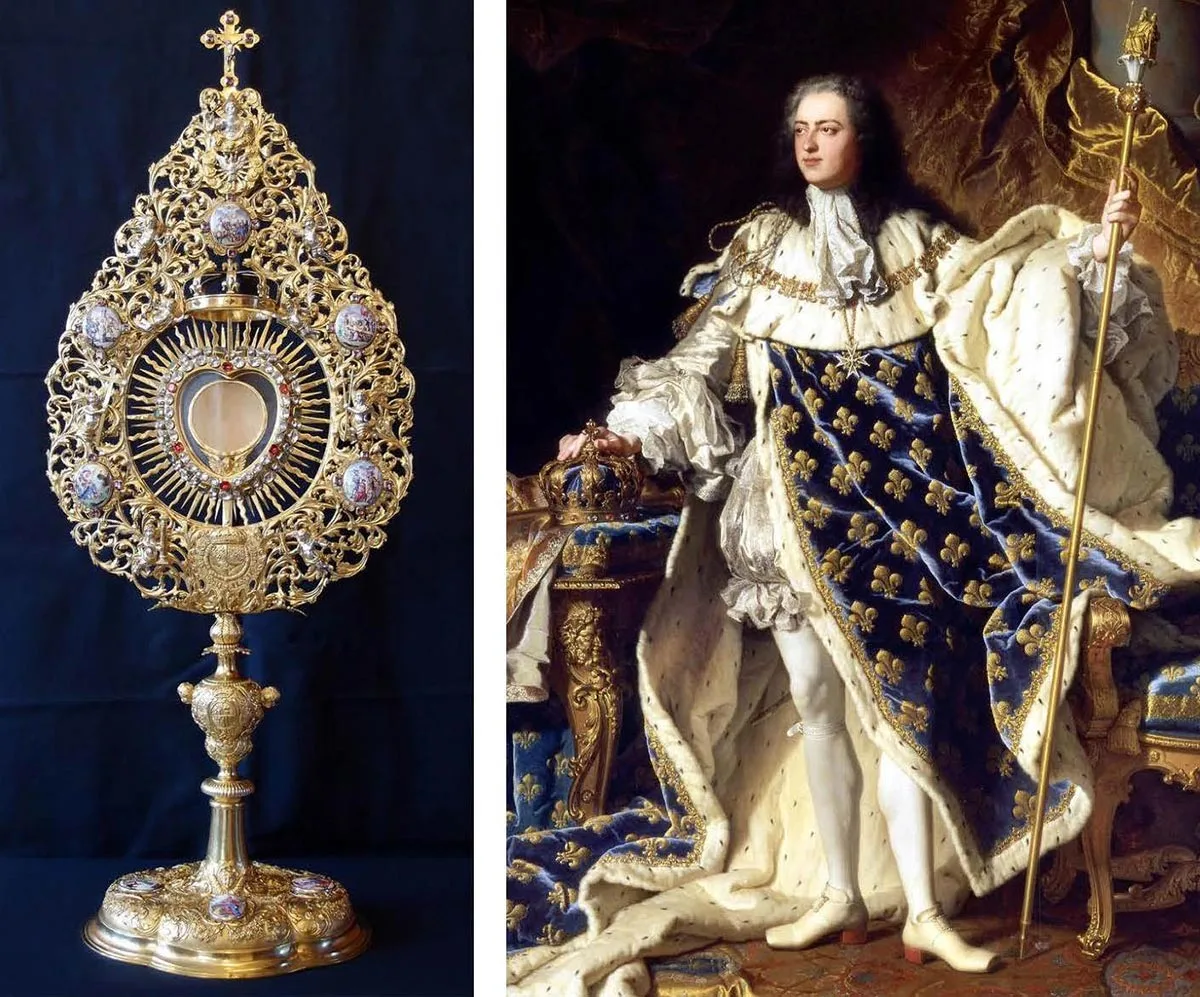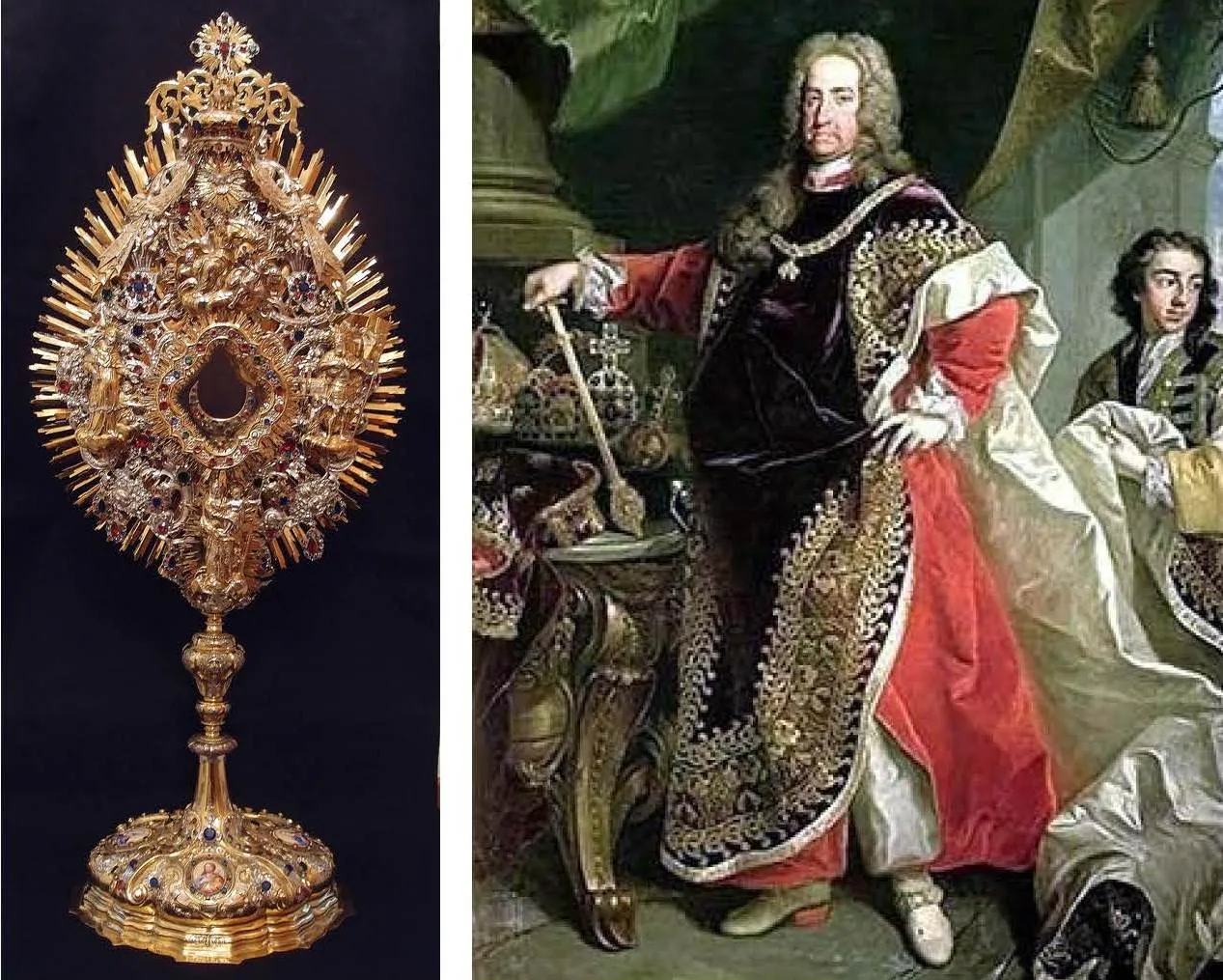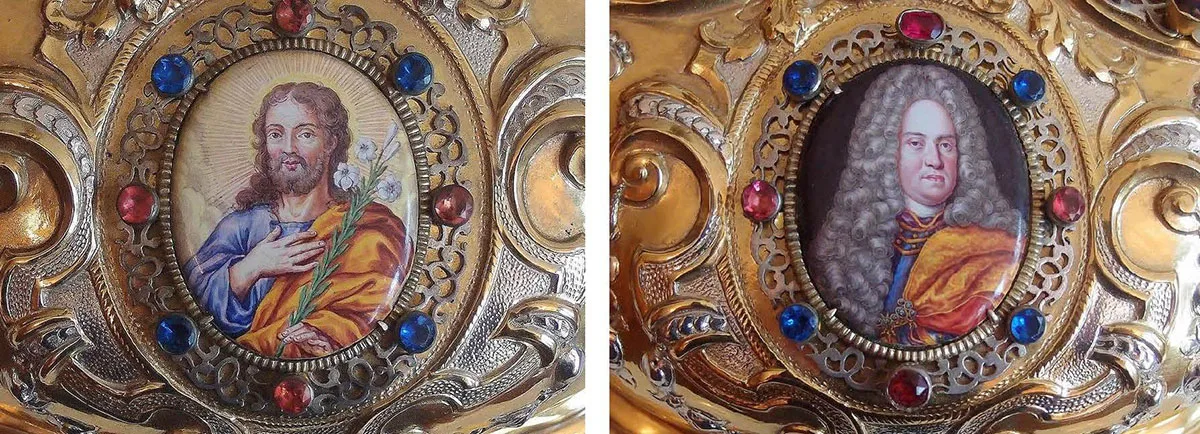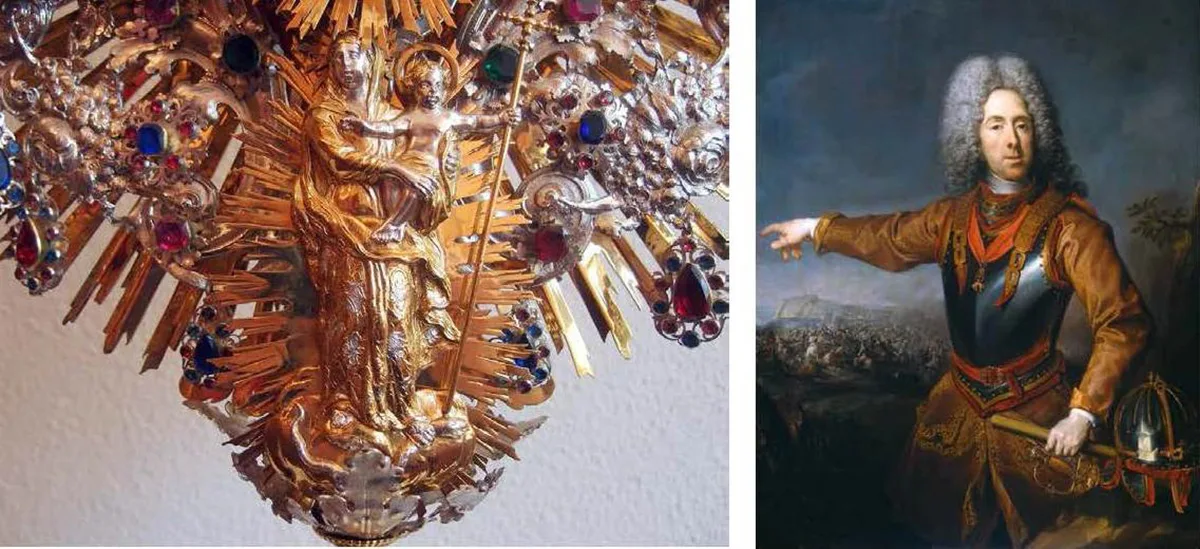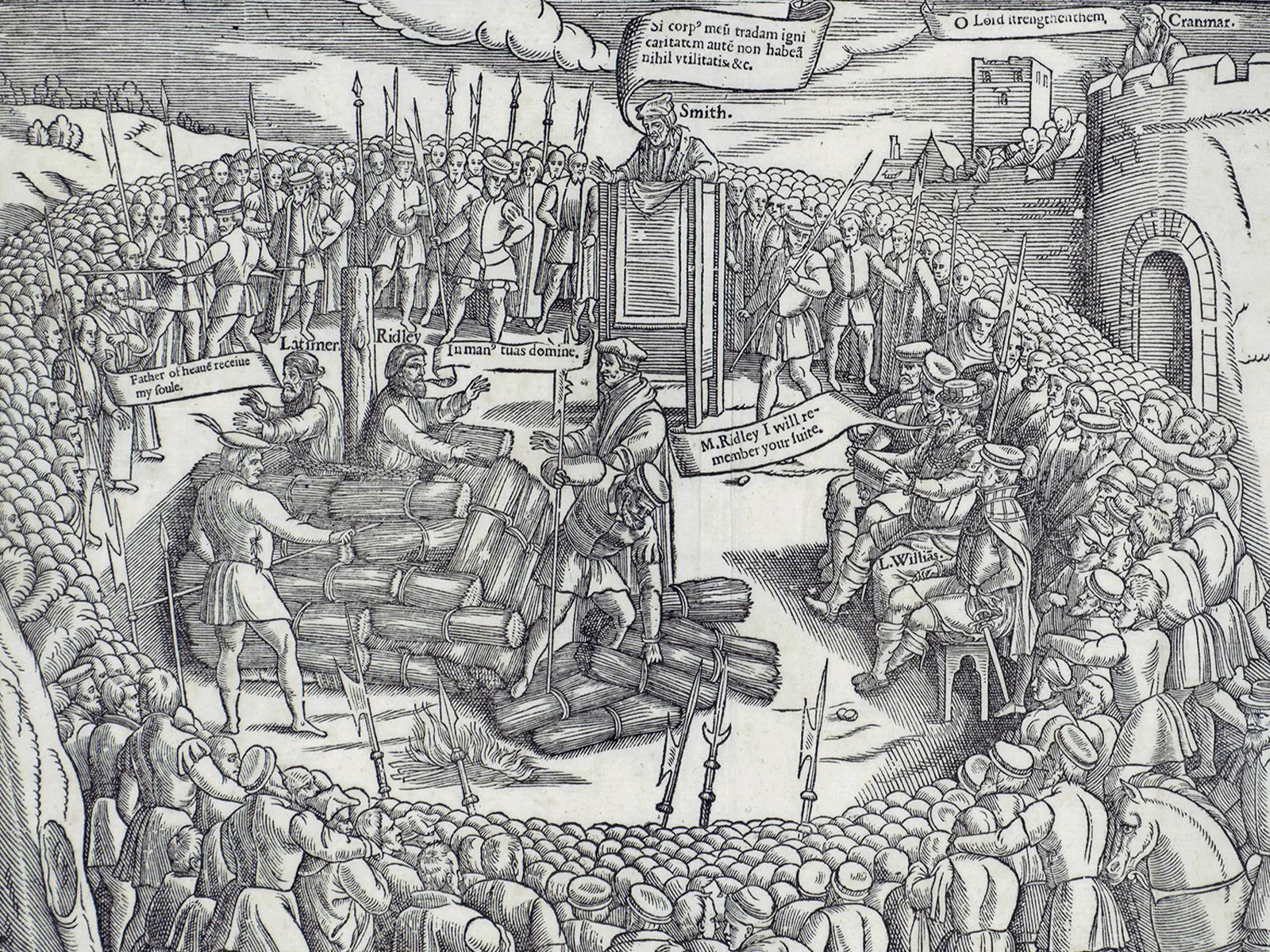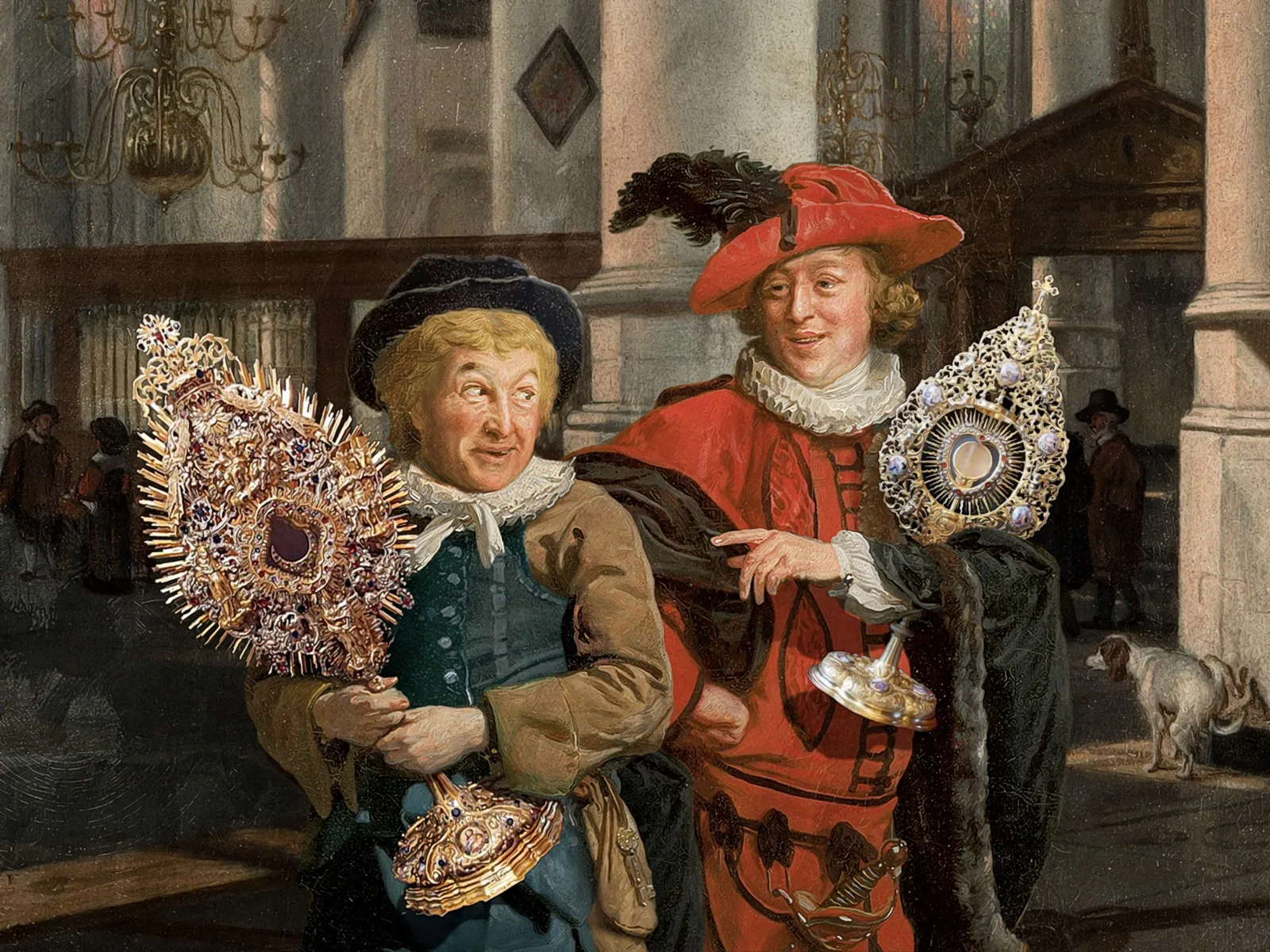
The Zug Monstrance Competition
There is benefit for the church in rivalry between king and emperor. As in Oberägeri and Unterägeri in the canton of Zug, which each acquired an extraordinary baroque monstrance – with a political message attached, mind you.
